Two Economic Problems. One of Them Matters More.
Keeping our eye on the ball, about the balance between unemployment and inflation.

The two latest installments in this space—“Fools, Drunks, and the United States of America,” and “We’re Stuck With the Senate. What Then?”—were about structural-level problems in U.S. governance.
If you haven’t seen the thread of comments on those posts, especially the second, I hope you will check them out. I plan to use some responses as part of an upcoming collection of reader-mail and other ideas on these structural themes. For guidance on sending such mail, see below.1
Please note that these posts, and the responses, all came before Joe Manchin’s petulant disclosure that he opposed the “Build Back Better” bill. More on Manchin, the Senate, what was valuable (and must be saved) in the bill, and how to respond, all coming up.
For today, this is an update post on two fronts. The longer one is about the politics of economics, and the economics of politics, and a mistake the press is making in handling them both. The shorter one is about an instance of local-level renewal, and about travel in the way Deb and I have begun doing it recently.
About political economics: let’s remember the crucial difference between inflation and unemployment.
One erodes family purchasing power. The other eliminates it.
Here was the front page of the New York Times on December 11, nine days ago as I write. The parts in red illustrate the amount of above-the-fold coverage—ie, most of it—given to a jump in inflation rates. This mirrored the emphasis in most other papers and in broadcast outlets and discussion shows.
Below, from December 10, one day earlier, are the front page of the Wall Street Journal and the lead business page of the Times. Again, the part in red is about inflation worries. The headline over two related NYT stories is, “Inflation Gut-Punches Millennials.”
And that little below-the-fold box highlighted in blue, on the Journal’s front page? That’s a story on the lowest U.S. unemployment filings in more than 50 years. The headline reads, “Tight Labor Market Sends Jobless Claims to New Low.”
The placement, emphasis, and “play” of stories is how people in the media signal what they consider most important. I’m not offering these pages as precise scientific proof. But I contend that they fit a general recent pattern of emphasis from the “serious” media: placing vastly more stress on the threat of inflation, which indeed is getting worse, than on the evil of unemployment, which is getting much better. (For more about this pattern of coverage, see Eric Boehlert among others.)
As a reminder: current U.S. job prospects are not simply “better” when judged on the historical curve, with these record-low unemployment claims. They are almost unbelievably better, in light of the sudden loss of more than 20 million U.S. jobs in just one month last year, as the pandemic took hold. After the April, 2020 jobs report came out, a university research center issued a report headlined “U.S. job losses due to COVID-19 highest since Great Depression.” That’s what the news was like less than two years ago.
If you were a future historian, assessing what economic trends the leading media in late 2021 felt should command attention, it would be an easy call. The media of our time are telling us to worry more about inflation. I think they are wrong.
Why does it matter that worsening inflation gets so much more play than dramatically improving job prospects?
—There’s an obvious national-politics answer, which is that this emphasis makes people “feel worse” than they should about overall economic trends. This in turn makes them feel more cynical and fatalistic about the chance of progress on any policy front. It’s related to the long-term pattern of U.S. crime rates going down, but fear of crime going up.
—For those in economist-land, there’s the intensifying discussion about the “transitory” versus the “persistent” nature of this moment’s inflation. And about how the relationship between unemployment and inflation rates has changed, since the era when I learned about the Phillips curve in grad-school economics courses long ago.
But to me, the “human” importance of the mismatch matters most, and it spills over into the media-related, political, and economic dimensions. The over-emphasis on inflation numbers, relative to employment trends, blurs the fact that while both are problems, for the people living through it unemployment is much worse.
Inflation erodes a family’s purchasing power. Unemployment eliminates it.
That makes a huge difference.
The main advantage of having been around for a long time, is having been around for a long time. Here are some images from my own experience as a working-age American in eras when the country struggled with each of these economic problems.
First, here’s the movement in the prime interest rate over the past 70-odd years, as a proxy for inflation trends. I made this graph from Federal Reserve data on the prime rate.
You’ll notice the peak in 1980, when the prime rate hit a post-World War II high of 21.5%. Now it is 3.25%, less than one-sixth as much.
—Jimmy Carter, my one-time employer, certainly remembers that 21.5% number, because he ran for re-election in 1980 with the prime rate at this crippling high.
—I remember that number too. With new additions to our family, Deb and I took out a mortgage on a house we bought that year. Fortunately we were able to refinance it later in the 1980s, when interest rates had “fallen” to the low teens.
Lots of things were bad, for lots of people, because of the worldwide “stagflation” of that era. No one wants to relive it.
But here is another image, from that same year. It’s an unemployment-claims line in Detroit, after factory closings and layoffs in early 1980:
And from that same year, other laid-off workers queuing for unemployment relief. Behind each of these faces is a family story.
Which is a more serious social, human, and political failure? To me it’s no contest. The danger of a rapidly growing economy is rising prices, which are bad. The danger of a contracting economy is lost jobs and livelihoods, which are lastingly worse.
Families know this in their bones. Anyone who has lived through layoffs knows it for sure. People will be vocal about it once again, when employment trends inevitably change. Our public discourse should reflect awareness of that reality now.
The way to show that is more proportionate coverage of the two economic challenges. That’s part of the goal of seeing things steady, and seeing them whole.
About local renewal: Our year-end update.
Please check out this special year-end newsletter from the Our Towns Civic Foundation, courtesy of our colleague Allie Kuroff. Deb and I started the foundation this past year, and have a big expansion planned for early next year. Details to come.
We had a chance this past week to see a city in the process of renewal, which for now I will just mention rather than discuss at length.
For pandemic reasons, Deb and I decided to begin our cross-country holiday visits to family in our propeller plane, rather than on the airlines. And for unexpected weather reasons, we ended up spending more days than we had planned in Macon, Georgia, waiting for a persistent low fog layer to clear so we could safely take off.2 We were grateful for the hospitality of many people in Macon through that time, especially Ethiel Garlington and David Thompson.
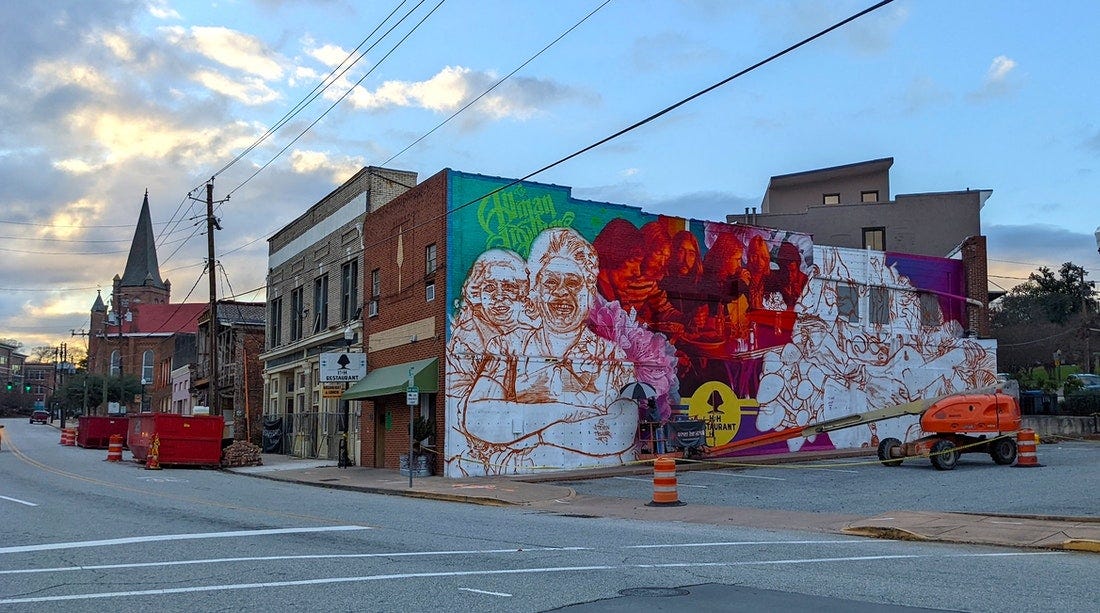
When I visited Macon nearly four years ago, many of the plans for the downtown were… plans. This building will be renovated, that block will become a center for locally owned business.
Now many of the plans are being realized. There’s a wide spectrum of cities that have brought battered downtowns back to commercial, cultural, and residential life. Greenville, South Carolina, and Bend, Oregon are two that show where the process can lead when far advanced. (Bend’s story is part of our movie.) Macon is among many places well on their way.
And if you have a chance to visit in the next two weeks, you should check out Macon’s Main Street Christmas Light Extravaganza, a nightly light-and-music festival on Third and Poplar Streets downtown.
In 24 hours, the days start getting longer. I’ll take that as encouragement for now.
Paid subscribers can comment directly on a post. Anyone can just “reply” to the incoming email containing the post, or send a message to JFallowsSubstack at gmail.com.
Why would a fog layer keep you from taking off? Because you never want to take off into weather that is bad enough that you wouldn’t be able to turn around and land again, if something went wrong on departure.
Through the 36 hours in which we waited for a 200-foot overcast to clear, we recited three of the maxims of the flying world:
You’d rather be on the ground wishing you were in the air, than vice versa.
If there’s doubt, there’s no doubt.
How would this look in the NTSB report?




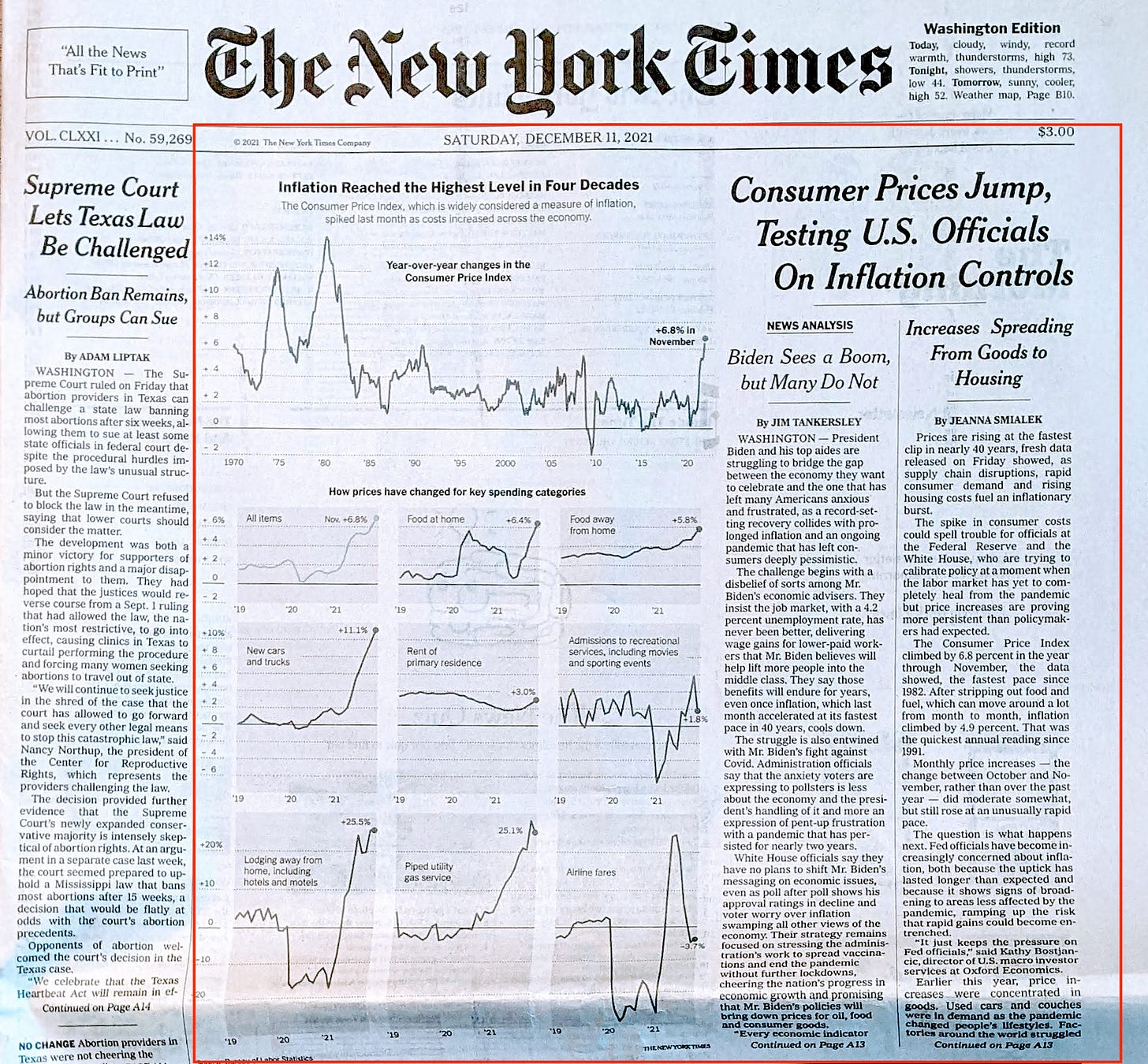
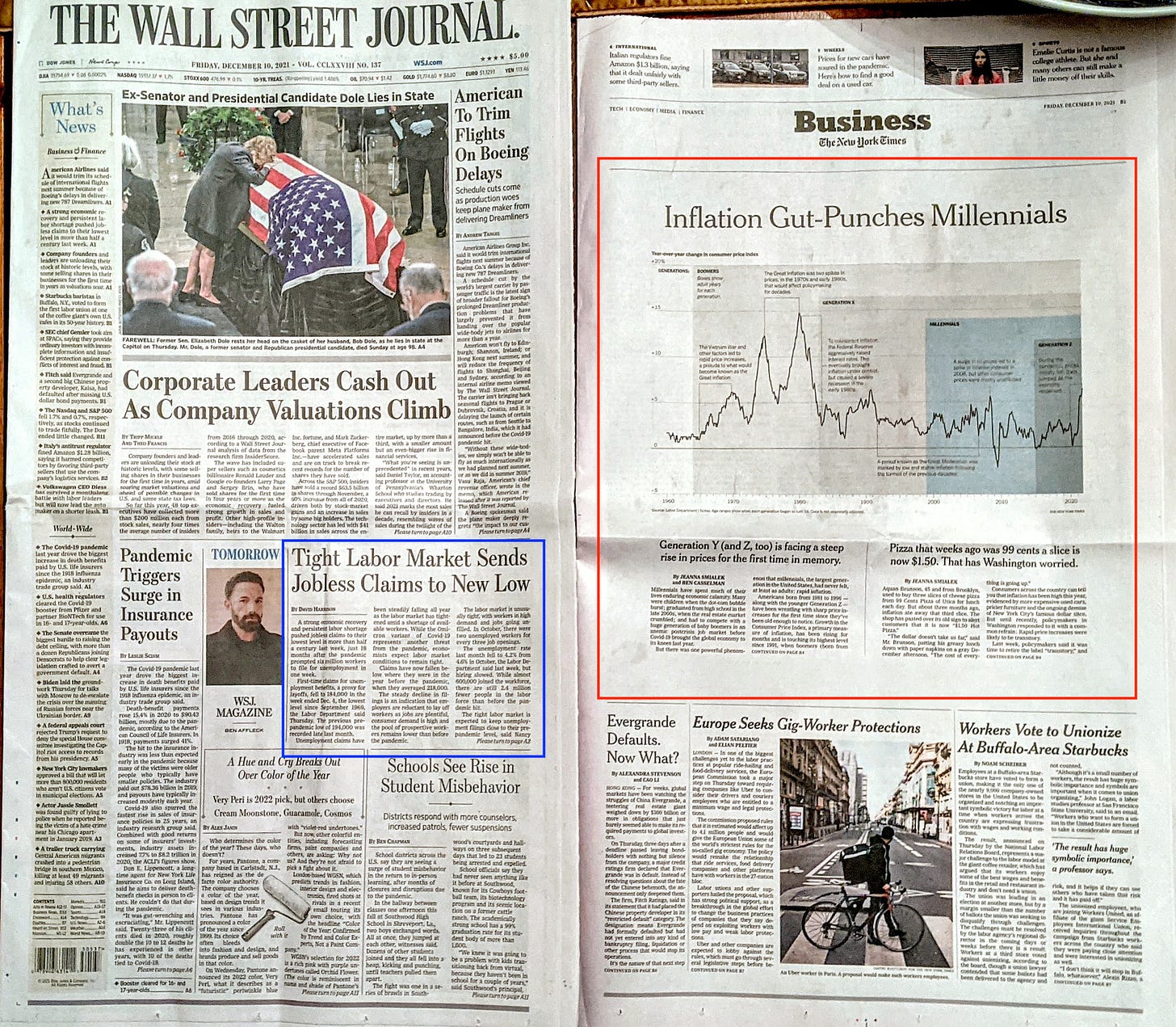
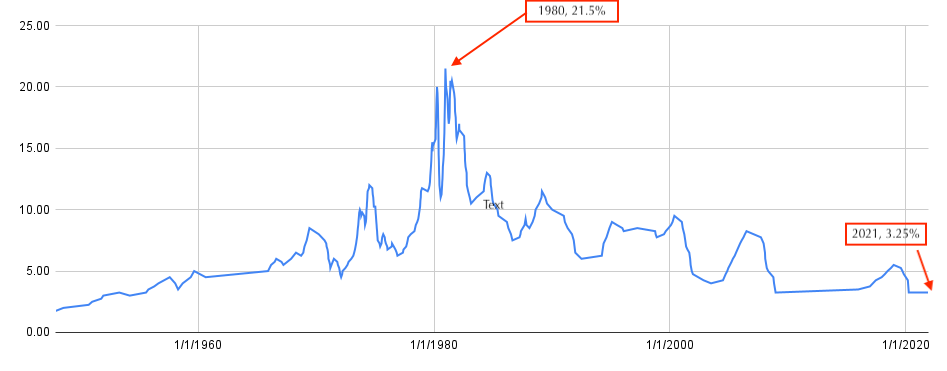
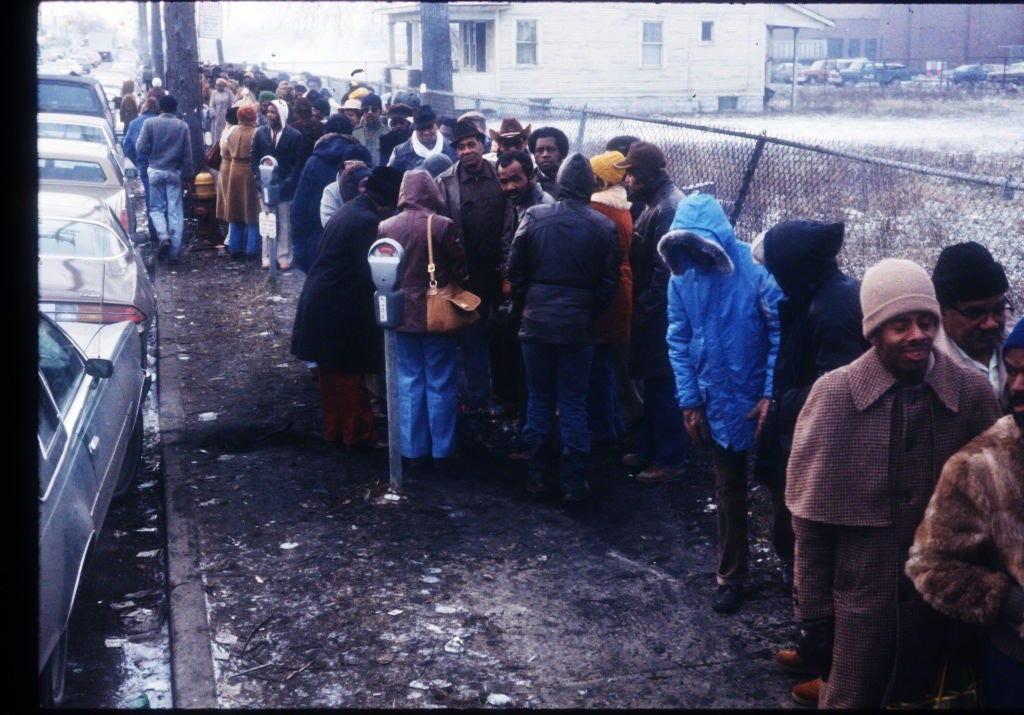
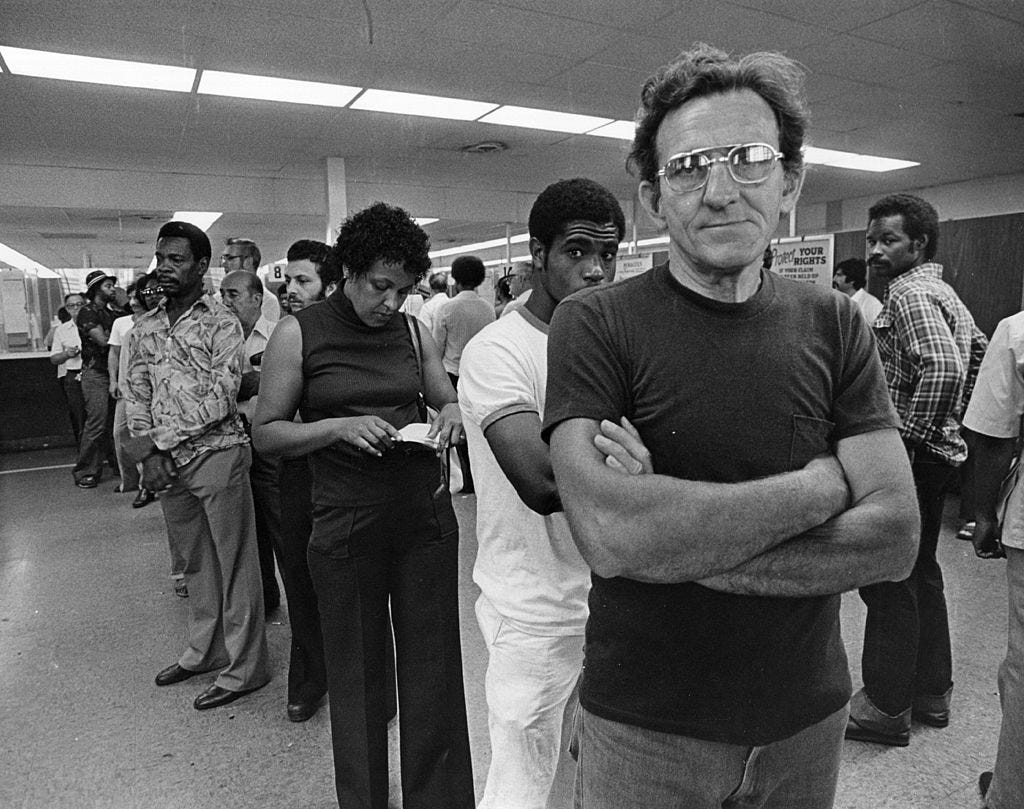
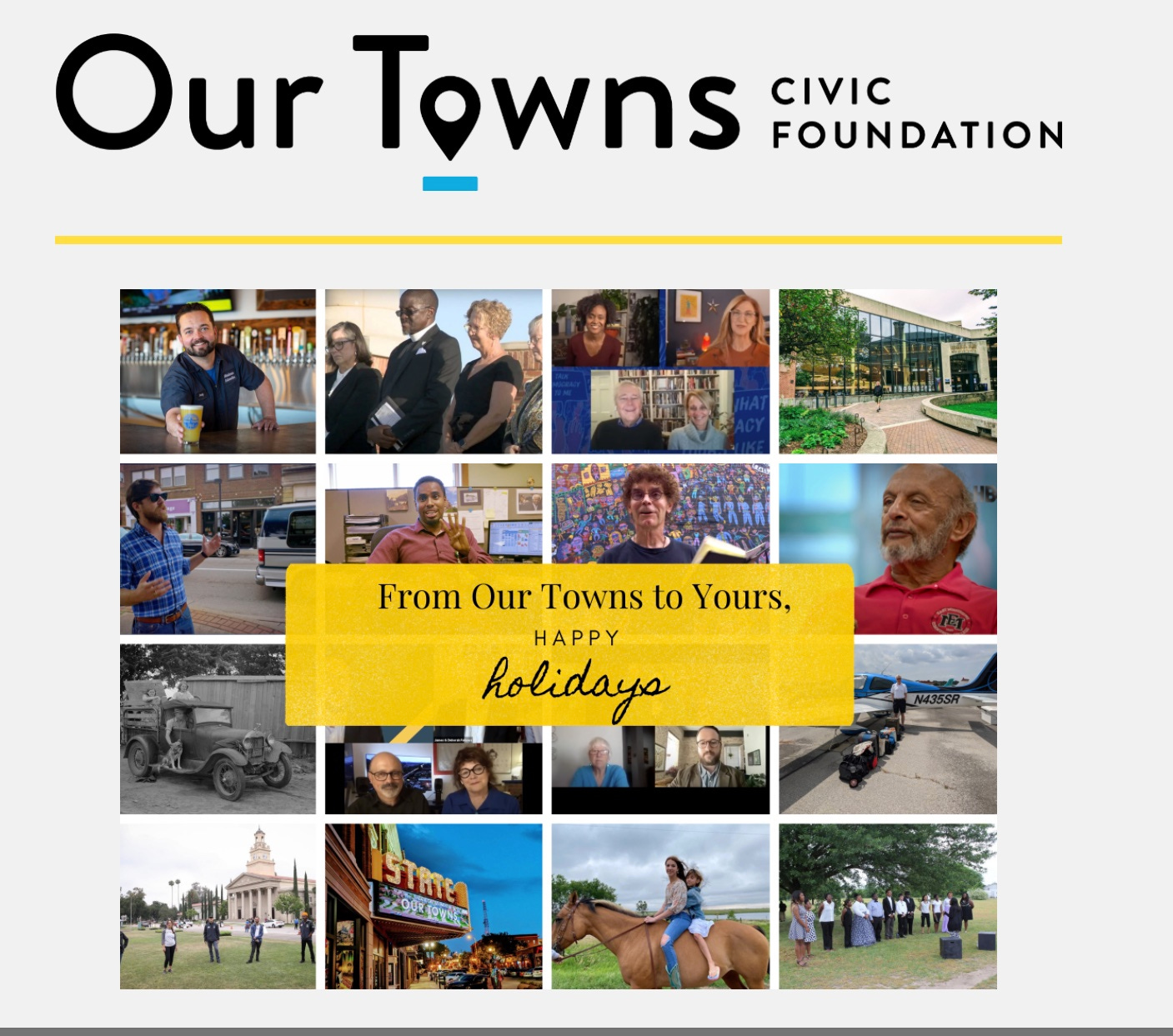
Thanks Jim for this article. I've been pointing this out to friends I know for the last few weeks: the idea that "lowest unemployment rolls since Nixon was President" is marginalized in the news, whereas "highest price spike in 40 years" gets headlines every day. Even though gasoline prices make up the lion's share of the inflation. And of course this gets blamed on Biden ("let's go Brandon"). Even though the price increases are global and not limited to US territory. I agree with the prior comment that this is a sad result of today's media where the emphasis is on highlighting anything negative
Jim, I think there is another point worth mentioning. Nobody wants runaway inflation, but a moderate rate of inflation works as a wealth transfer from creditors (rich people, China, etc) to debtors (ordinary people with mortgages, the USA, etc). The Fed has been targeting a long term inflation target of 2%. We have been below that for several years, exacerbating our wealth inequality problem. Borrowing to improve our National infrastructure, and paying it back with cheaper dollars, is not necessarily a bad thing.